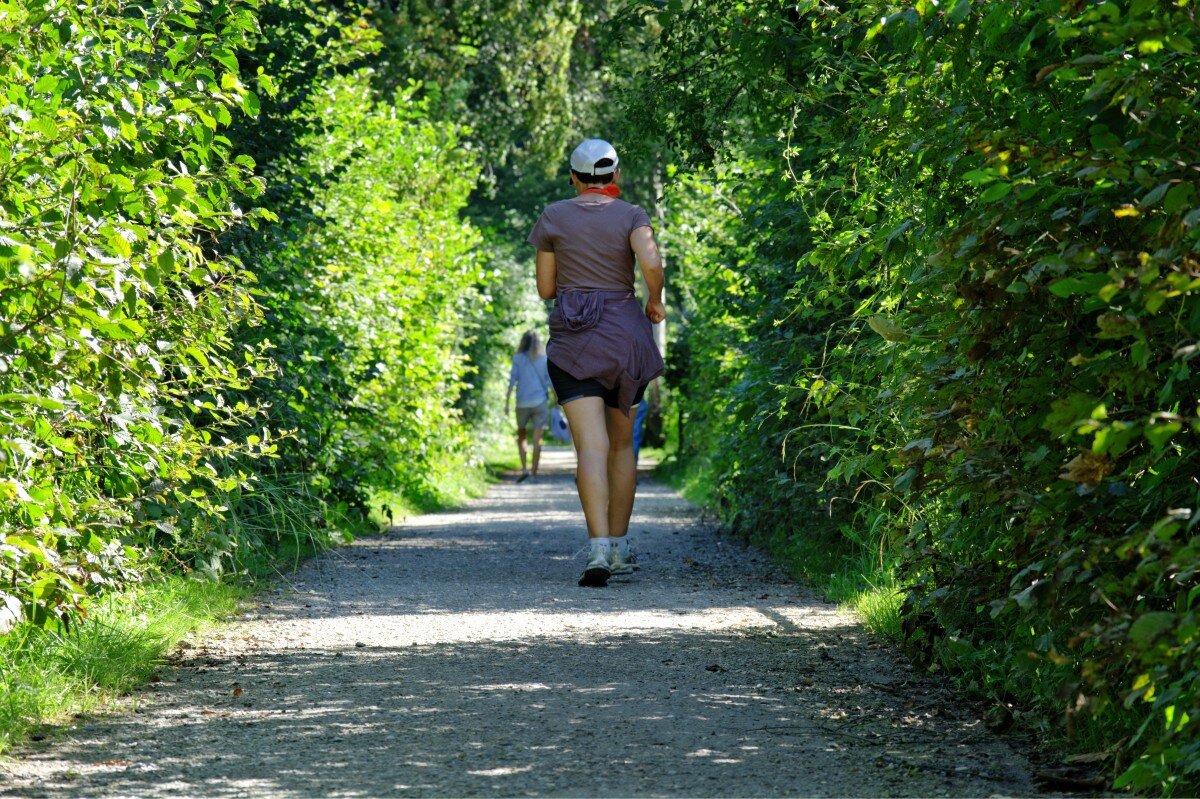Many people are confused whether to ice or heat when it comes to treating an injury. Ice and heat provide contrastingly different outcomes so it's important to get it right. In this blog I will give you some guidance on what to use and when.
Menopause and Muscle Pain
TENSION-TYPE HEADACHES
Benefits of Using a Foam Roller
Neck Pain Red Flags
CAN WALKING CAUSE LOW BACK PAIN?
Plantar Fasciitis - causes, symptoms and treatment
The often-crippling pain of plantar fasciitis presents at the base of the heel. In the early stages the pain is often described like a bruised bone, or feeling like you have a small stone underfoot. There can be a dull aching pain if you’ve been on your feet for a period of time, or a tightness in the arch of the foot.
Knee Pain
Trigger Points and their role in Myofascial Pain
Bursitis – Symptoms, Management, and Treatment
Bursitis is a painful inflammation condition that affects the bursa (small fluid-filled sacs). Bursa help to reduce friction between bones and soft tissue by acting like cushions during movement. There are over 150 bursa within the body. Bursitis is often a symptom of a tendinopathy in the same area.
The “Joker” of Low Back Pain
The majority of Low Back Pain is classed as non-specific, meaning there is no known specific pathology as to the cause of the pain.
I see such cases on a daily basis in the clinic, after ruling out potential red flags or neural implications, I go straight to one muscle I know will most likely be implicated – Quadratus Lumborum (QL).
Self-Management for Muscle Aches and Pain
With the temporary closure of many physical therapy clinics it is not possible to receive hands-on treatment for muscle aches and pains. This does not mean you have to suffer through discomfort for the coming months ahead. There are ways you can manage in the comfort of your home, until clinics can re-open.
Managing Ongoing Pain
Pain, especially if it is ongoing can be debilitating and emotionally and physically exhausting. Pain is something that affects all of us at some stage, but luckily most pain is short term and we can move back to our normal lives fairly quickly. We now know ALL pain comes from the brain and the signals it sends, knowing this helps us to be able to work towards reducing our pain through a number of strategies.
Repetitive Strain Injuries (RSI) – Management and Treatment
Muscle Aches and Pain
Is ‘good’ posture and core strength really that important?
Tendinopathy Treatment - What Works?
Achilles Tendinopathy - What to Avoid
Stopping Severe Muscle Cramps
Recently I had the pleasure of treating a lovely 86-year-old post-polio survivor. For as long as she could remember she had been experiencing debilitating muscle cramps all over her body which have become progressively worse as she has gotten older. The cramps had become so bad she had become afraid to leave the house.




















